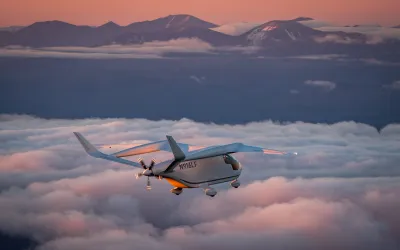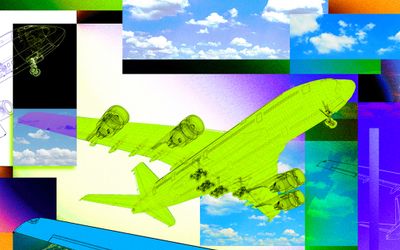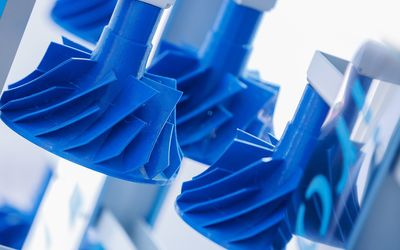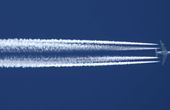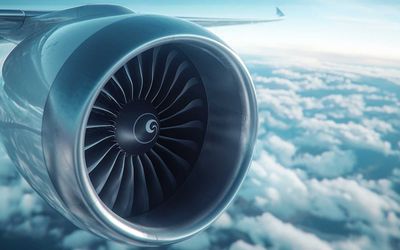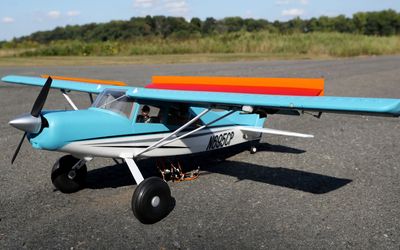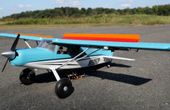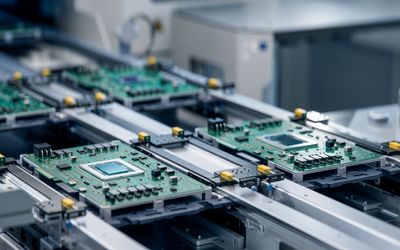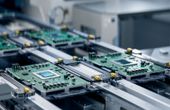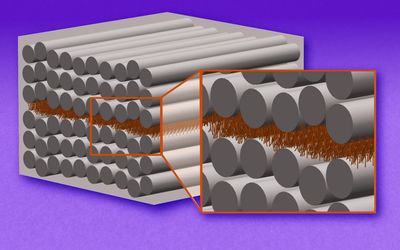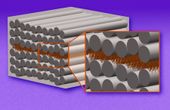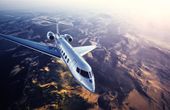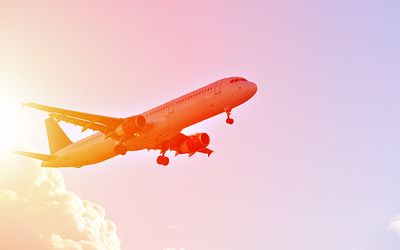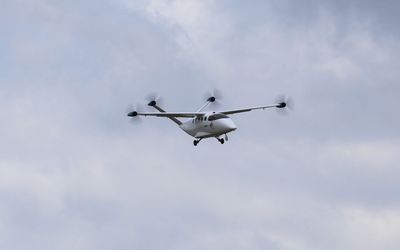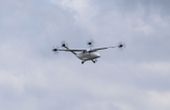Tagged with
airplanes
ORGANIZATIONS. SHAPING THE INDUSTRY.
Addcomposites
Automation Machinery Manufacturing
Addcomposites is the provider of the Automated Fiber Placement (AFP) ecosys...
5 Posts
Embry-Riddle Aeronautical University
Higher Education
At Embry-Riddle Aeronautical University, what we do -- and do best -- is te...
University of Washington
Higher Education
Founded in 1861, the University of Washington is one of the oldest state-su...
Latest Posts
Power electrification and automated driving are being promoted at a remarkable speed for automobiles owing to advances in electronic technologies such as batteries, motors, and power electronics. On the other hand, strict safety requirements are imposed on aircraft engines. Therefore, electrifying them has been considered unfeasible on both a technical and commercial basis, which resulted in efforts in that area being shelved.
HyBird is a small, hybrid-electric aircraft concept. Its goal is to serve routes of less than 1000 kilometres and with low passenger volumes in a climate-compatible way. The German Aerospace Center (DLR) has now successfully conducted the first flight of a 1:4 scale demonstrator of HyBird at the National Experimental Test Center for Unmanned Aircraft Systems in Cochstedt.



